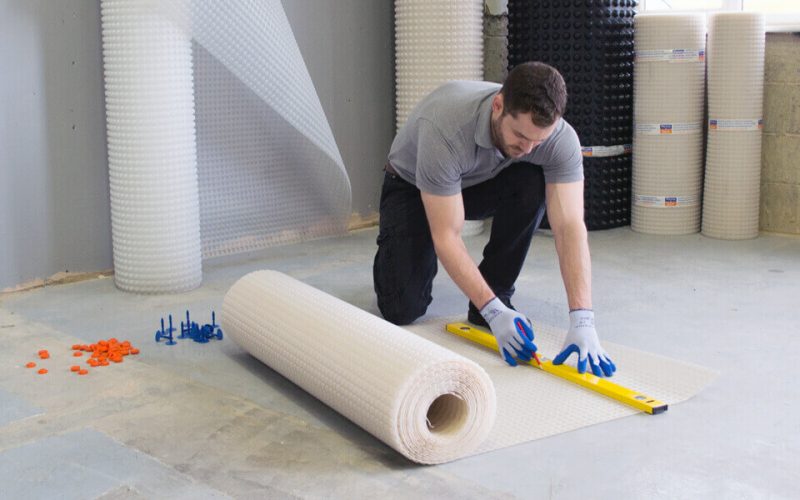What Can You Do About Rising Damp?
If you have been told your building has rising damp you are actually probably doing some research to learn what’s the simplest way to deal with the problem.
There are a number of technologies out there dealing with the rising damp. Each one of these solutions have their pros and cons, a few of them are more effective than others. They are also priced differently.
If you own your property and are preparing to living there for some time still, or planning on selling it, then the obvious choice is to solve the Rising damp issue, permanently.
In conditions of workability and efficiency, rising damp solutions can be split into 3 main groups:
Solutions that merely cover-up the issue
Solutions that slow down the rising damp
Solutions that permanently stop the rising damp
There are certain clear benefits to having your property undergo a span of damp proofing – including the fact that the treatment will prevent further possible damage to your walls and building structure. But there are also other benefits that might not be quite so clear from the outset, particularly when it comes to heading off potential dangers to the fitness of the folks using the building.
So what exactly are the health dangers of experiencing damp in your property?
Dampness within your property means your walls will be colder because of this, and also this can lead to condensation which can in turn lead to the development of mould. That is problematic as moulds are seen to produce allergens and irritants, as well as potentially toxins which might be ingested by humans through air and the skin.
If you touch this mould or breathe it in, you may suffer an hypersensitive reaction similar to that experienced by people who have hay fever (eg runny nose, streaming eyes, sneezing, coughing and wheezing), but also potentially creating a rash on your skin or even in some instances leading to the onset of an asthma attack.
There are certain types of individuals who are more sensitive to the effects of damp and mould within a building, including:
children (especially babies)
older people
people with existing skin conditions (eg eczema, psoriasis)
people with respiratory conditions (eg asthma)
Some studies have also suggested a connection between a damp environment and the development of asthma in children – ie the damp and mould could possibly be the cause of the problem in the first place, rather than simply exacerbating it.
Waterproof Lab EPDM Rubber Waterproofing
22 Plantation Road,Ottery, Cape Town, 7708
+27 78 012 5339
+27 21 415 1694

